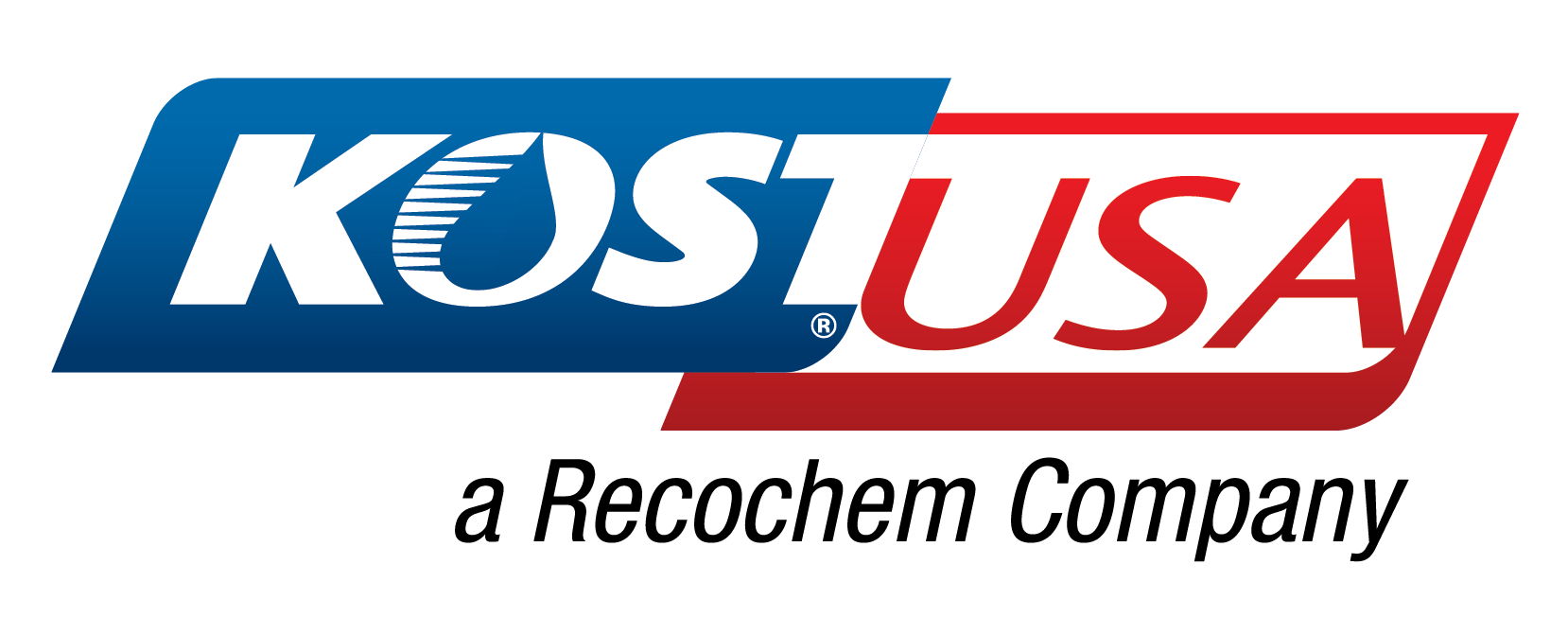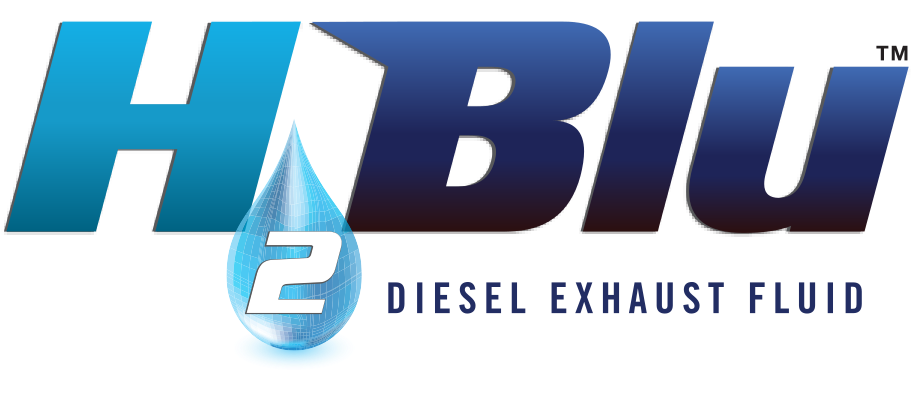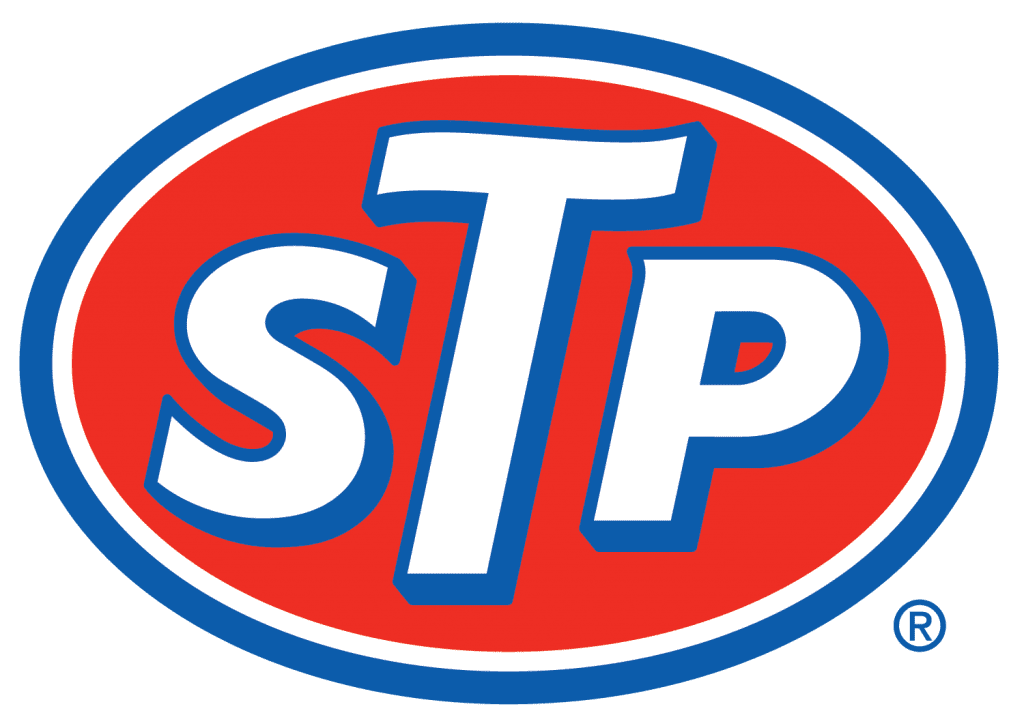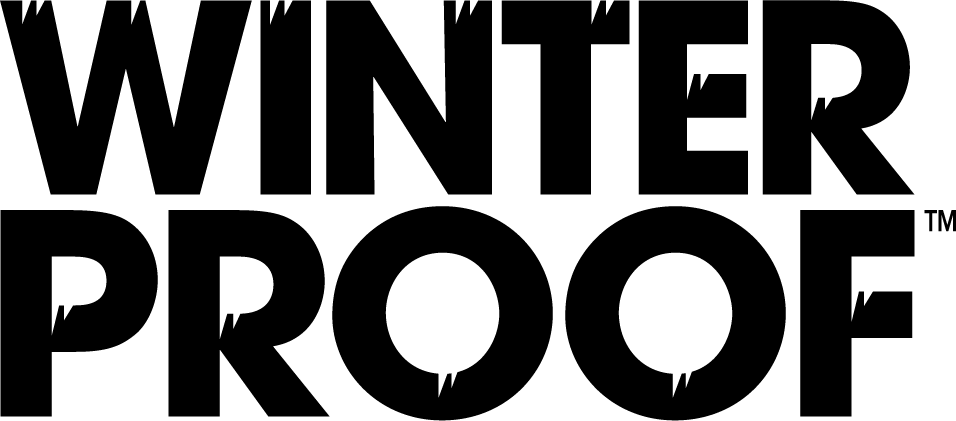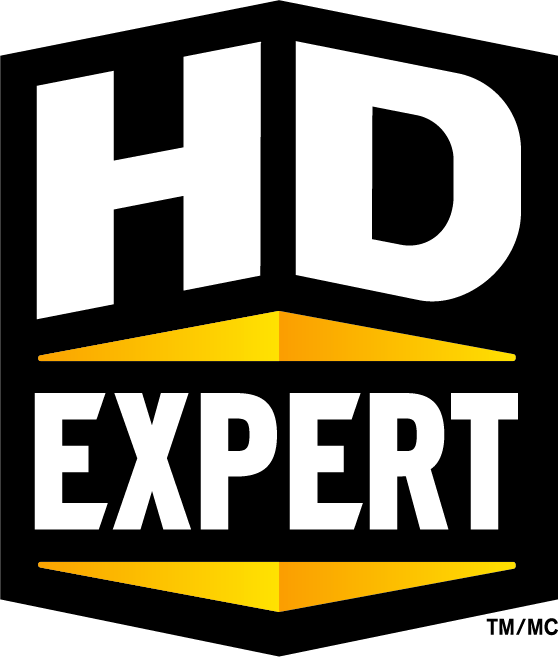Home » Heat Transfer Fluids
Home » Heat Transfer Fluids
HEAT TRANSFER FLUIDS
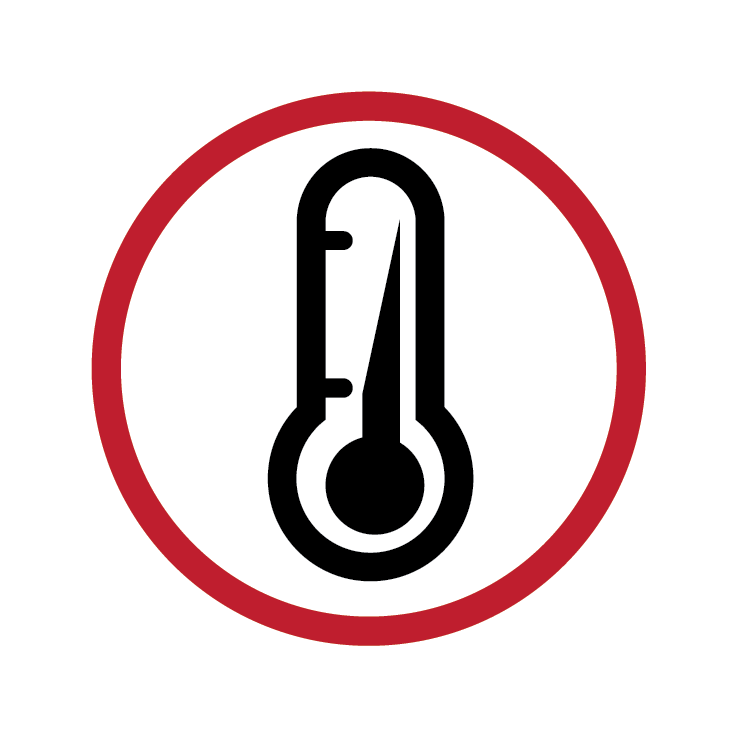
No matter the heating & cooling needs, KOST USA’s family of glycol-based heat transfer fluids offers a solution that will exceed your requirements. Applications include HVAC, Refrigeration, Food, Beverage, Pharma & Chemical Processing. Light & Heavy-Duty to a USDA Bio-Preferred Solution we can customize products to meeting all engineering requirements where glycol based products are required.
We also understand craft brewers, vintners, distillers, and food manufacturers and their requirements for a dependable source of Heat Transfer Fluid.
Read more about KOSTBrews.

HEAT TRANSFER FLUIDS

No matter the heating & cooling needs, KOST USA’s family of glycol-based heat transfer fluids offers a solution that will exceed your requirements. Applications include HVAC, Refrigeration, Food, Beverage, Pharma & Chemical Processing. Light & Heavy-Duty to a USDA Bio-Preferred Solution we can customize products to meeting all engineering requirements where glycol based products are required.
We also understand craft brewers, vintners, distillers, and food manufacturers and their requirements for a dependable source of Heat Transfer Fluid.
Read more about KOSTBrews.

HEAT TRANSFER FLUIDS

No matter the heating & cooling needs, KOST USA’s family of glycol-based heat transfer fluids offers a solution that will exceed your requirements. Applications include HVAC, Refrigeration, Food, Beverage, Pharma & Chemical Processing. Light & Heavy-Duty to a USDA Bio-Preferred Solution we can customize products to meeting all engineering requirements where glycol based products are required.
We also understand craft brewers, vintners, distillers, and food manufacturers and their requirements for a dependable source of Heat Transfer Fluid.
Read more about KOSTBrews.
